General information about ADHD
In these sections the user will be able to access information about ADHD, its repercussions, the available medications and the adverse effects they produce. We hope that this information will be useful in deciding on ADHD treatment preferences.
Acceptability
Medications used to treat ADHD have beneficial effects, but they can also produce adverse or harmful side effects. One way to assess whether the benefits outweigh the adverse side effects is to look at whether the patient continues or stops treatment; this is known as acceptability. In short-term treatments, between 15 and 50% of people with ADHD stop treatment, depending on the type of medication prescribed.
What is meant by "acceptability" to treatment?
Medications used to treat ADHD have beneficial effects, but they can also produce adverse or harmful side effects. One way to assess whether the benefits outweigh the adverse side effects is to look at whether the patient stops the treatment; this is known as acceptability. If a treatment significantly improves a condition and has few adverse effects, the drop-out rate is expected to be low, and acceptability is considered to be good. Conversely, if the treatment has little positive effect and many adverse side effects, the drop-out rate will be very high and acceptability, therefore, poor.
In treatments lasting a few weeks or months, between 20 and 25% of people with ADHD receiving medication discontinue treatment. For some specific medicines this figure can be almost 50%, while for others it can be 15%. This means that acceptability to medication is highly variable and depends on the type of medication prescribed.
Do you need to make a clinical decision?
EVIMATIC® is the first digital health tool that generates decentralized, automated, personalized, participatory and explanatory treatment recommendations that are presented in the format of clinical practice guidelines.
Do you need to make a clinical decision?
EVIMATIC® is the first digital health tool that generates decentralized, automated, personalized, participatory and explanatory treatment recommendations that are presented in the format of clinical practice guidelines.













